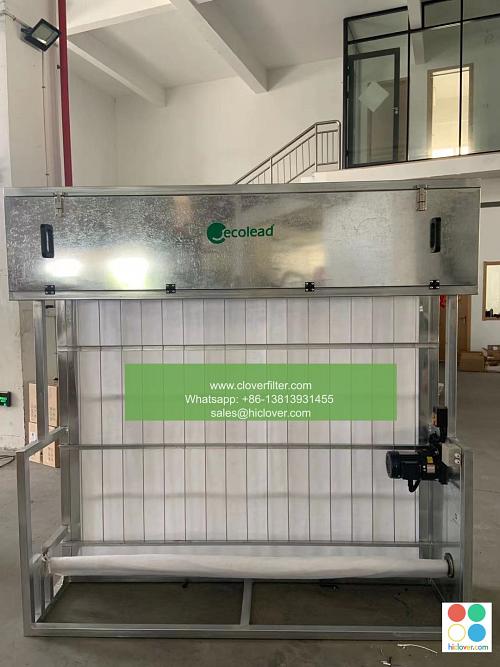Air Filter Pressure Drop: A Guide to Troubleshooting Common Issues

Air Filter Pressure Drop: A Guide to Troubleshooting Common Issues
What is Air Filter Pressure Drop?
Air filter pressure drop, also known as ΔP (delta P), is the difference in pressure between the upstream and downstream sides of an air filter. It is a critical parameter that affects the performance and efficiency of industrial systems, including HVAC, ventilation, and air handling units. In this article, we will delve into the world of air filter pressure drop, discussing its causes, effects, and troubleshooting methods to help you overcome common issues.
What Causes Air Filter Pressure Drop?
Air filter pressure drop is caused by the resistance to airflow created by the filter itself, as well as other factors such as:
- Filter type and quality: The type and quality of the filter can significantly impact pressure drop. For example, pleated filters tend to have higher pressure drop than fiberglass or spun fiberglass filters.
- Filter size and configuration: The size and configuration of the filter can also affect pressure drop. Improper filter selection or installation can lead to increased pressure drop.
- Airflow rate: The rate of airflow can also impact pressure drop. Higher airflow rates can cause greater pressure drop, while lower airflow rates can reduce pressure drop.
- Dirt and debris accumulation: As filters become clogged with dirt and debris, pressure drop increases.
- Ductwork and system design: Poorly designed or dirty ductwork can also contribute to increased pressure drop.
- Reduced airflow: Increased pressure drop can lead to reduced airflow, which can impact system efficiency and effectiveness.
- Increased energy consumption: To maintain airflow, systems may require increased energy consumption, resulting in higher operating expenses.
- Premature component failure: Excessive pressure drop can lead to premature failure of system components, such as pumps, fans, and motors.
- System downtime: In severe cases, pressure drop can cause system shutdowns or reduce overall system reliability.
- Monitor system performance: Regularly monitor system performance to detect pressure drop issues.
- Inspect and clean filters: Regularly inspect and clean filters to prevent clogging and ensure proper airflow.
- Upgrade to high-efficiency filters: Consider upgrading to high-efficiency filters to reduce pressure drop.
- Optimize system design and operation: Ensure proper ductwork design, proper system installation, and optimal operation to minimize pressure drop.
- Consider filter bypass systems: Install filter bypass systems to maintain system functionality during filter cleaning or replacing.
- Filter type, size, and quality impact pressure drop
- Airflow rate, dirt, and debris accumulation, and ductwork design also contribute to pressure drop
- Troubleshooting steps: monitor system performance, inspect and clean filters, upgrade to high-efficiency filters, optimize system design and operation, and consider filter bypass systems
- Understanding air filter pressure drop is crucial for maintaining efficient and reliable systems in various applications, including HVAC, ventilation, and air handling units.
Effects of Air Filter Pressure Drop
Air filter pressure drop can have significant effects on system performance, including:
Troubleshooting Air Filter Pressure Drop
To overcome common issues with air filter pressure drop, follow these troubleshooting steps:
Conclusion
Air filter pressure drop is a critical parameter in industrial systems, impacting performance, efficiency, and reliability. By understanding the causes and effects of pressure drop, as well as implementing the troubleshooting steps outlined above, you can overcome common issues and maintain optimal system performance. Whether in HVAC, ventilation, or air handling units, understanding air filter pressure drop is essential for maintaining efficient and reliable systems.
Key Takeaways:
I’m happy to help! However, I don’t see a prompt from you. Could you please provide the prompt or question you’d like to get assistance with? That way, I can do my best to help you with your query.

